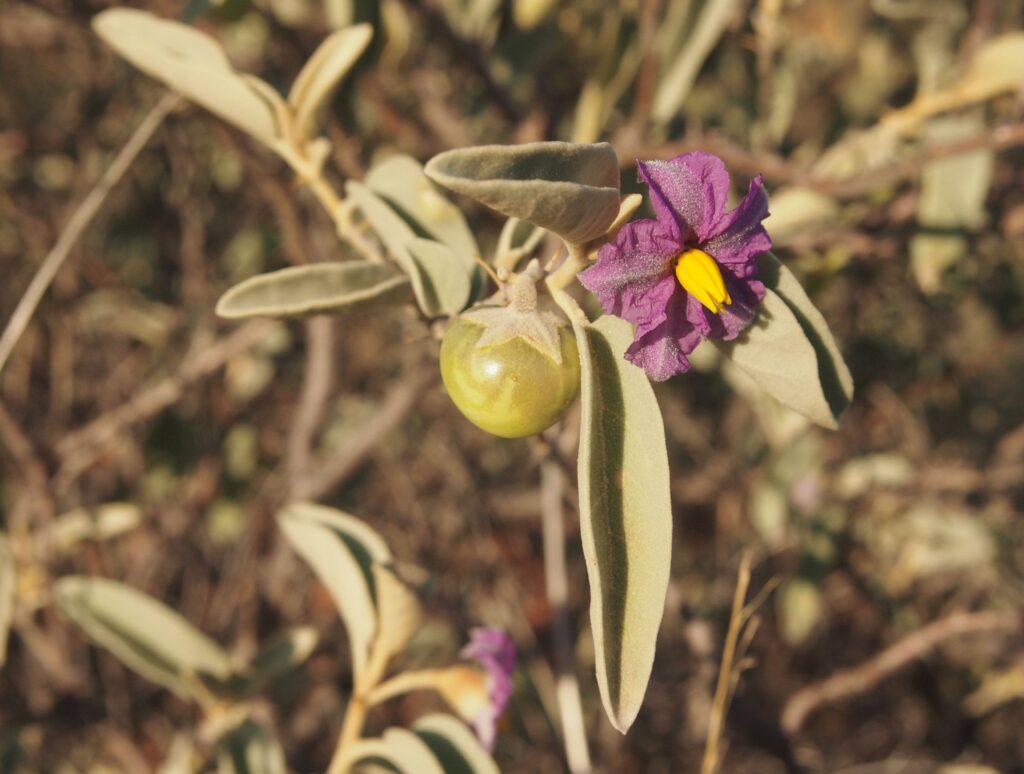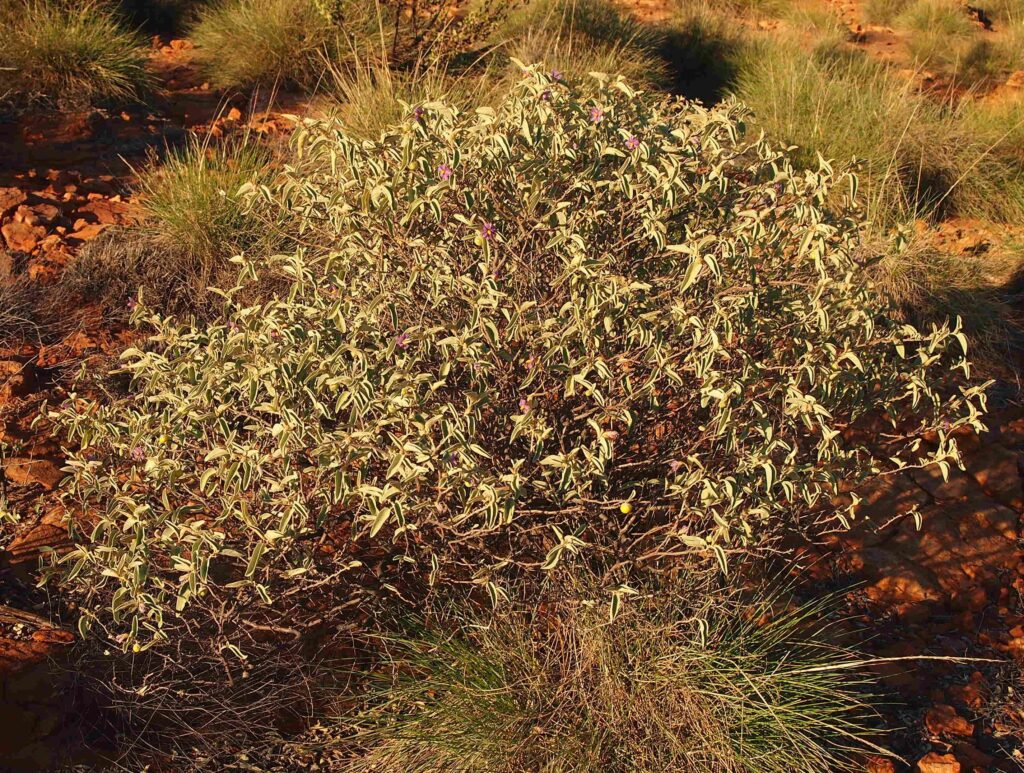12 Interesting Facts About Bush Tomato

The bush tomato is a fascinating native Australian plant that has been an integral part of Indigenous cuisine and culture for thousands of years. With its unique flavor profile and impressive nutritional content, this iconic bushfood is gaining popularity in modern Australian gastronomy. Read on to uncover 12 intriguing facts about the extraordinary bush tomato!
Introduction
Also known as the desert raisin, kutjera, or akatjurra, the bush tomato is a small, round fruit that grows on woody shrubs in the arid desert regions of Australia. Scientifically called Solanum centrale, this hardy plant can survive harsh conditions and produces flavorful berries that have sustained Indigenous communities for generations.
Rich in history and bursting with unique taste, the remarkable bush tomato deserves a place in every Australian pantry. Let’s explore what makes this native ingredient so special!
1. It Has Many Traditional Names
The bush tomato goes by many monikers that reflect its importance in various Indigenous cultures. Some common traditional names include Solanum lithophilum, kampurarpa, akatjurra, and akatyerre1.
These native names highlight the deep connection between the bush tomato and the Aboriginal and Torres Strait Islander peoples who have relied on this hardy plant as a food source for thousands of years.
2. It is Packed With Antioxidants
The bush tomato is rich in antioxidants like lycopene, anthocyanins, and glutathione. Studies show it has higher antioxidant activity than acclaimed superfoods like blueberries!
Antioxidants help protect the body from oxidative stress and damage by neutralizing free radicals. The abundant antioxidants in bush tomatoes contribute to their many therapeutic benefits.
3. It Has a Unique Flavor Profile
The taste of bush tomatoes is often described as a complex combination of raisin, caramel, and sun-dried tomato flavors. It has a subtly sweet and smoky initial taste that transitions into a lingering, piquant aftertaste.
When dried, the fruits intensify in flavor and develop richer, earthier notes. The unique taste of bush tomatoes enhances many savory dishes.
4. The Plant is Extremely Resilient
The bush tomato plant is well-adapted to survive the harsh desert conditions. It can remain dormant underground for years before resprouting after rainfall or bushfires.
Remarkably, bush tomato plants become more vigorous and fruitful after disturbances like fires, grazing, or fruit harvesting. This resilience allowed Indigenous communities to rely on bush tomatoes even through difficult times.
5. It Was Traditionally Sun-Dried
Indigenous Australians traditionally harvested bush tomatoes in autumn and winter, then sun-dried the fruits whole. The drying process concentrated the flavor and preserved the tomatoes for long-term storage.
Dried bush tomatoes were ground into a powder or paste and cooked into various dishes. Sun-drying enhanced the shelf life and portability of this vital food source.
6. The Roots Have Medicinal Uses
In traditional medicine, Indigenous Australians utilized bush tomato roots to treat ailments like toothache. The roots were baked in ashes, peeled, and applied to relieve pain.
Some evidence also suggests bush tomato roots may have contraceptive effects. More research is needed to fully understand the medicinal properties of this native plant.
7. It is a Nutrient Powerhouse
In addition to antioxidants, bush tomatoes provide many essential vitamins and minerals. They are packed with iron, niacin, fiber, potassium, calcium, zinc, and magnesium.
The high nutritional value of bush tomatoes made them an important staple food for Indigenous communities living in nutrient-scarce desert regions.
8. The Plant is Slow Growing
Due to the harsh desert climate, bush tomato plants grow slowly and take several years to reach maturity. This makes the fruits precious and harvesting them sustainably requires great skill.
Indigenous harvesters have honed bush tomato gathering techniques over generations to prevent overexploitation of the slow-growing plant.
9. It Has a Long Shelf Life
A key advantage of bush tomatoes is their exceptionally long shelf life. Dried fruits maintain their flavor and nutrients for years when stored properly.
The long shelf life allowed Indigenous groups to stockpile dried bush tomatoes in times of plenty for sustenance during future lean seasons.
10. Cultivation is on the Rise
With increasing demand, efforts are underway to cultivate bush tomatoes in Indigenous communities using irrigation. This provides income and preserves traditional knowledge.
Controlled cultivation also extends the short wild harvest season. However, wild harvesting remains vital to avoid overexploitation of native stands.
11. Versatility in the Kitchen
Dried bush tomatoes lend their rich, complex flavor to many savory dishes. They are ideal in sauces, chutneys, curries, marinades, and rubs for meat2.
The dried fruit can also be ground into a sweet-smoky spice. Bush tomatoes pair well with cheese, seafood, eggs, lamb, and vegetables.
12. Foraging Risks Exist
When foraging for bush tomatoes, caution is essential as some wild tomato species are toxic. Identifying the exact edible varieties requires specialized traditional knowledge.
Consuming the wrong species can cause severe illness. It’s safest to source bush tomatoes from reputable Indigenous producers.
Conclusion
With its fascinating history, hardiness, and outstanding flavor, the bush tomato is truly a unique Australian native ingredient. This remarkable bushfood sustained Indigenous communities for generations and is now gaining global recognition.
Next time you spot akatjurra on a menu, don’t hesitate to try it! Just remember to source bush tomatoes ethically and support Indigenous harvesters and communities.
The extraordinary bush tomato remains an iconic symbol of the world’s oldest living food culture. With sustainable practices, its future is bright – and delicious!







